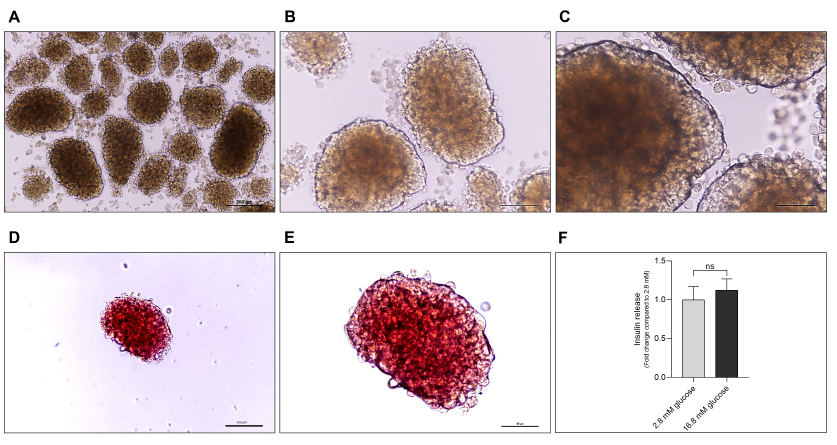Stimulation of Insulin Secretion and Inhibition of KATP Channels by Afzelechin and Coniferaldehyde from Ensete glaucum Seeds
DOI:
https://doi.org/10.15419/bmrat.v11i4.883Keywords:
Ensete glaucum seeds, Afzelechin, Coniferaldehyde, Insulin secretion, Mechanism, KATP channelAbstract
Introduction: Ensete glaucum seeds have been shown to possess antidiabetic properties. However, the specific hypoglycemic activities of the compounds they contain remain poorly understood. This study aimed to elucidate the hypoglycemic effects of E. glaucum seed compounds and to explore their mechanisms of action, particularly their interaction with pancreatic islets.
Methods: We employed spectroscopic techniques to determine the chemical structures of the isolated compounds, which we then compared with structures reported in the literature. In a streptozotocin (STZ)-induced diabetic mouse model, we evaluated the hypoglycemic response to an ethanol extract of E. glaucum seeds. Further, we assessed the islet-protective effects and the capacity to stimulate insulin release of both the crude extract and its individual compounds in STZ-challenged pancreatic islets.
Results: We isolated two novel compounds from E. glaucum seeds: afzelechin (a flavan-3-ol) and coniferaldehyde (a phenolic aldehyde), marking the first such report. Administration of the extract in doses of 25 and 50 mg/kg/day led to a significant reduction in blood glucose levels over a period of seven days in STZ-induced hyperglycemic mice. Notably, the extract and the isolated compounds afzelechin and coniferaldehyde exhibited a protective effect on islet β cells, mitigating STZ-induced cytotoxicity. Both the extract, at concentrations of 50 and 100 µg/mL, and the individual compounds, at 100 µM, demonstrated an ability to counteract STZ's inhibition of glucose-stimulated insulin secretion in isolated pancreatic islets. Importantly, molecular docking studies suggest that these compounds may stimulate insulin release from β cells by inhibiting the K_ATP channel, a hypothesis that warrants further experimental investigation.
Conclusion: Our findings suggest that E. glaucum seeds, along with their bioactive compounds, show promise in reducing blood sugar levels and enhancing insulin secretion, offering potential therapeutic avenues for diabetes management.

Downloads
Published
Issue
Section
License
Copyright The Author(s) 2017. This article is published with open access by BioMedPress. This article is distributed under the terms of the Creative Commons Attribution License (CC-BY 4.0) which permits any use, distribution, and reproduction in any medium, provided the original author(s) and the source are credited.
